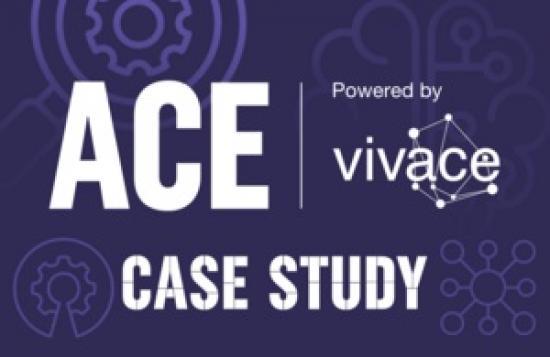Using Data To Predict And Support The Future Royal Navy
11th September 2024

Helping the Royal Navy maintain a skilled and capable workforce amid rapid technological advancements and demographic shifts.
The Royal Navy needs to maintain a skilled and capable workforce in the face of rapid technological advancements and demographic shifts so that it can draw on the right people with the right skills to meet the demands of modern warfare.
The Accelerated Capability Environment (ACE) was asked to explore how available data - including open-source datasets - could be used to understand what the Navy's workforce will look like over the next five to ten years as well as to aid reduction of staff turnover. This would allow procurement strategies and recruitment campaigns to be proactively adapted to address any emerging talent gaps in critical areas such as engineering and digital skills as well as ensure skilled and experienced personnel stay as long as possible.
Over a seven-week commission, a joint team from Butterfly Data and Cranfield University were selected to conduct research into changing demographics. The team carried out interviews with Royal Navy human resources (HR) staff and analysed Navy and open-source data including the Office for National Statistics (ONS) population and community data, ONS labour statistics, Ministry of Defence statistics and jobs and skills data from the Department for Education.
A changing world
Analysis indicated several demographic and societal shifts impacting the potential Navy workforce. The population is aging, leading to a decline in individuals meeting eligibility requirements. Conversely, educational attainment is rising, with more individuals achieving GCSEs and A-levels. However, societal values are evolving, with job seekers prioritising meaningful work and environmentally responsible employers. The transformative nature of industries, such as the rise of autonomous vehicles, necessitates a higher skill set among future employees.
Recommendations for the Royal Navy to adapt to this include focusing recruitment on the eligible population, and widening recruitment focus beyond science, technology, engineering and maths (STEM) to the most popular subjects.
Reducing staff turnover
A second element of the commission focusing on whether machine learning (ML) could be used on Royal Navy personnel records was undertaken solely by Butterfly Data. The aim was to use data sources including exit interviews to explore whether these could explain common causes of people leaving.
Developing representative synthetic data and a proof of concept they were able to show it was possible to identify drivers for staff attrition using artificial intelligence/ML, which would enable Royal Navy HR to see how staff could be better supported, and whether there are trends or trigger points where more effective intervention or greater support could make a difference.
This has enabled the Navy to take tangible steps towards ML use within the personnel and training area, as well as the opportunity to work with a small, non-traditional supplier who they were not familiar with.
